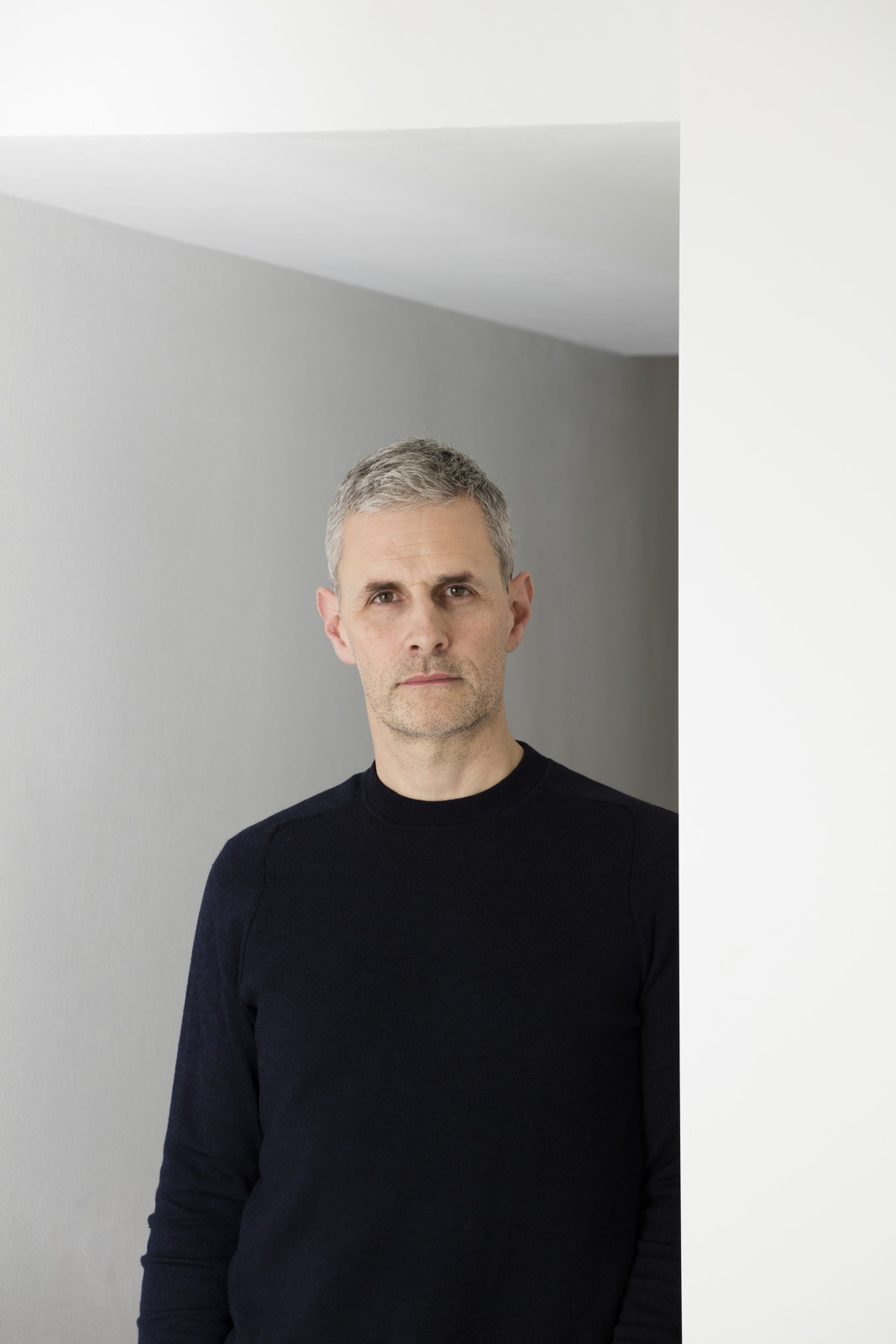Andrew Grassie

Andrew Grassie was born in 1966 in Edinburgh, Scotland. He received a BA (Hons) in Fine Art Painting at St. Martin’s School and a MA in Painting at Royal College of Art. He lives and works in London.
The artist has taught at Anglia Ruskin Art School, Cambridge, Wimbledon School of Art, City and Guilds of London Art School, and held visiting lectures at Manchester School of Art, Edinburgh College of Art, Goldsmiths College of Art, Chelsea School of Art, Royal Academy School of Art, Winchester School of Art, Newcastle Art School and Emily Carr Art School in Vancouver.
Andrew Grassie’s intimately-scaled paintings are based on photographs he has taken himself or that he, in some cases, has found. They have often been elaborately staged, although this effort is veiled by the ostensibly unassuming matter-of-factness the small, precisely painted works exude. The works are executed with tempera, a technique associated with pre-Renaissance panel paintings anteceding the development of oil paint. Tempera dries very rapidly and remains relatively sheer. To create cover and solid colors, many layers are needed.
Grassie’s paintings of exhibition views have a stillness that sometimes belies their subject matter, for example those of the process of installation. The images have a timeless quality, even though they also suggest an action is taking place, that the inhabitants of these spaces had perhaps only briefly left the room or wandered offstage or off screen. His recent series entitled Fabrication depicts specialized workshops, both industrial and artisanal, where art works are being produced.
The works combine absolute self-negation with absolute assertion of control: In the process of painting a photograph that includes other artists’ works, Grassie is both chameleon-like depicting those works; at the same time, the spatial and conceptual constructions in which his images of installation engage (particularly the fictional ones “curated” by him for his own works), grant him momentary control over the space and history of an institution. In addition, his insertion of a fixed point of view can at times be disorienting to the spectator: even as one probes a believable space, one’s ability to explore is restrained. Grassie has spoken of creating an “airtight quality that creates a sort of aura of mystery around simple things,” comparing the effect to a vacuum, “as if reality were wrapped in cling film or a layer of thick air.”
The artist’s institutional solo exhibitions include: Andrew Grassie – Collected Works, Rennie Collection, Vancouver (2012) and Andrew Grassie: Painting as Document, Talbot Rice Gallery, University of Edinburgh (2008).
Selected group exhibitions include: X-Contemporary British Painting, Newcastle Contemporary Art, Newcastle (2023); The Subversive Landscape, Tremenheere Sculpture Gardens and Gallery, Cornwall (2023); Arcadia for All?, Attenborough Arts Centre, Leicester and The Stanley and Audrey Burton Gallery, Leeds (2023); A Century of the Artist’s Studio: 1920 – 2020, Whitechapel Gallery, London (2022); Le realtà ordinarie, Palazzo de' Toschi, Bologna (2020); Spring 2019: Collected Works, Rennie Collection, Vancouver (2019); Phase II – Imagining Architecture, Institut Supérieur des Arts de Toulouse, Toulouse (2018); Fully Awake, blip blip blip, Leeds (2017); Wundercamera: Savannah, Telfair Museum, Savannah (2017); Complicity: Artifice and Illusion, Collyer Bristow Art Galleries, London (2016); Return Journey, Mostyn, Llandudno (2014); Wundercamera, The Holden Gallery, Manchester (2014); Wundercamera, Pitzhanger Manor, London (2013); Summer 2013: Collected Works, Rennie Collection, Vancouver (2013); Government Art Collection – Commissions: Now and Then, Whitechapel Gallery, London (2012); The Story of the Government Art Collection, Whitechapel Gallery, London (2012), and Slow Painting, Museum Morsbroich, Leverkusen (2010).
His work is represented in the collections of Tate, London; Rennie Collection, Vancouver; Government Art Collection, London; Goetz Collection, Munich, and Zabludowicz Collection, London.